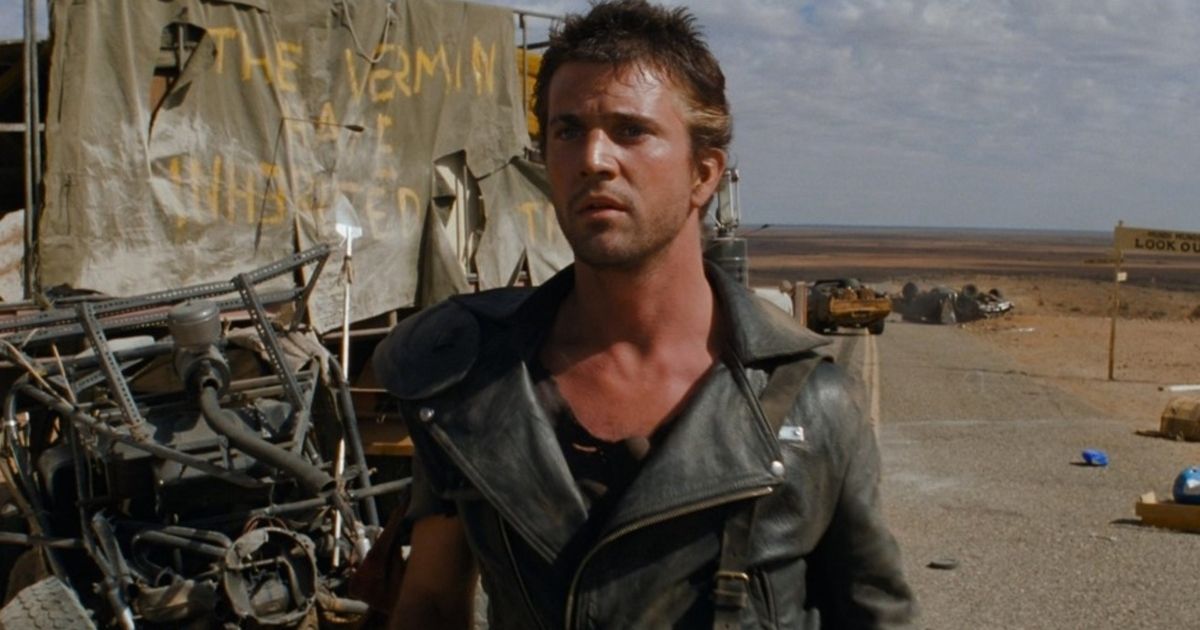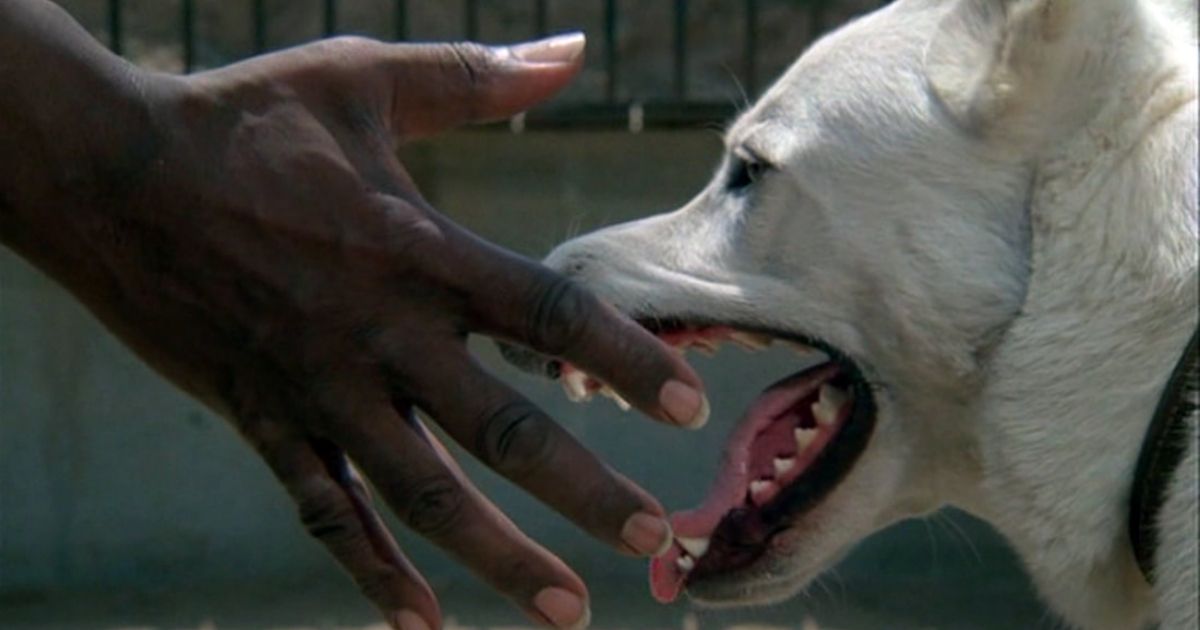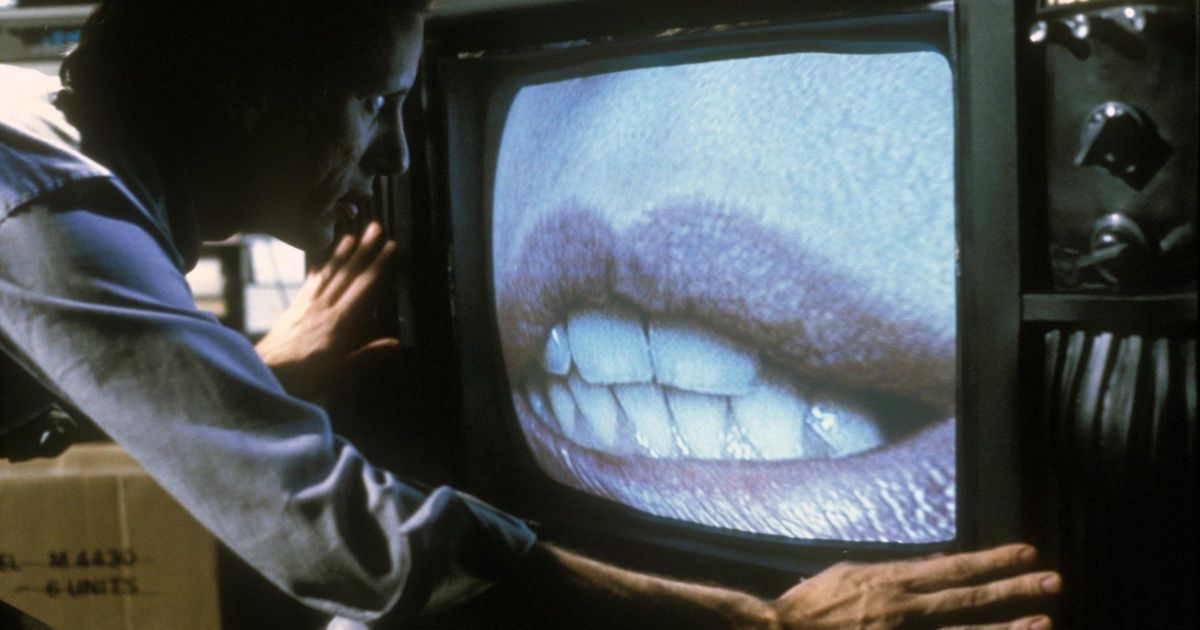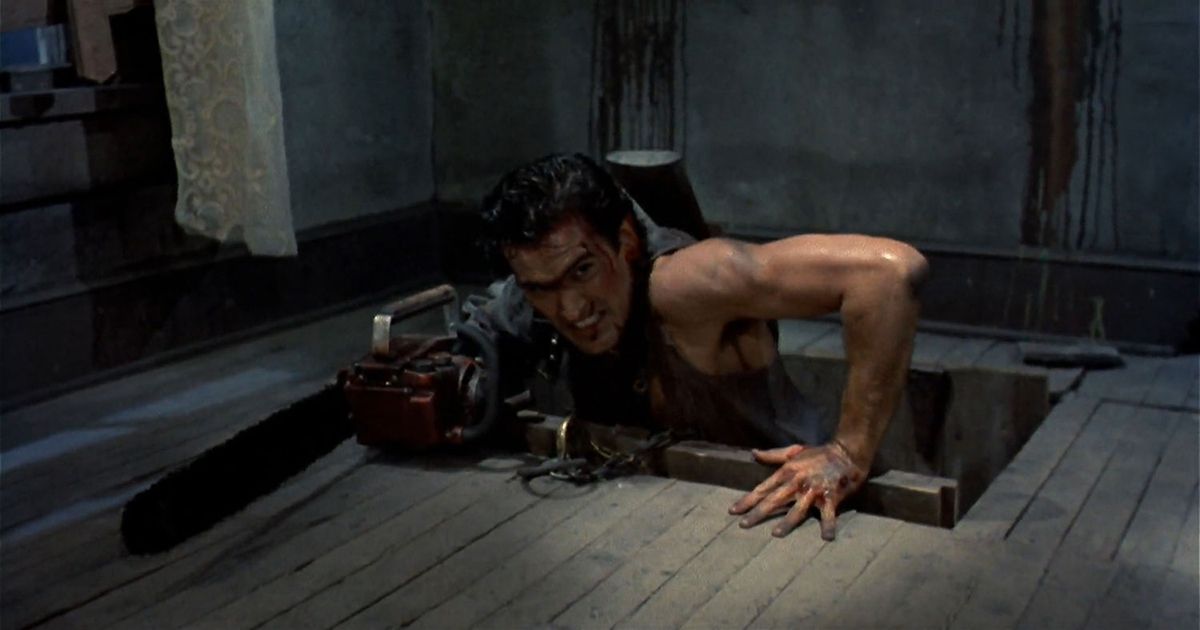The 1980s were an important decade for popular cinema, filled with many pop culture movements that easily appealed to the masses, from the rise of slashers to ambitious comedies. Of course, that didn't stop the production of indie movies from thriving. There's a reason why so many new movies and TV shows try to recreate 80s aesthetics and cultural references: the nostalgic value tied to this decade is peerless and highly recognizable, to say the least.
From the influence of new wave on music, influential sitcoms on TV, and some of the most iconic movies ever made, the 80s offered a unique feeling that was eternalized in some of the decade's best indie movies. Indeed, here is the best indie movie from every year in the 80s.
1980: Dangerous Encounters of the First Kind
In the 80s, indie cinema kicked off alongside the rise of punk in music, resulting in a Hong Kong crime tale that encompassed all the rebellion the movement stood for. Tsui Hark's Dangerous Encounters of the First Kind is one of the gnarliest coming-of-age movies ever made, pretty much because the youth viewers get to witness in the film is nearing absolute insurgence, aiming promptly at the system's collapse.
The visceral narrative follows a group of delinquents led by a sociopathic muse spiraling out of control in a series of violent acts. The purposeless that drives the main characters unveils the movie's intentions with clarity, foreshadowing a decade of silent, yet escalating tension as a result of repressed emotions that finally slip through the punk movement.
1981: Mad Max 2
Maybe the biggest problem of 1979's Mad Max was that it was too independent. With a $ 350,000 budget, limited locations, and a cast made primarily of unknown stars (introducing the movie legend Mel Gibson to the world), the film's concept was more remarkable than the narrative itself. However, Mad Max managed to strike gold at the box office, and that opened the door for a much more thought-out sequel.
Mad Max 2 was a clear improvement in every possible aspect, adding humanity to the character of Max Rockatansky, introducing an exciting group of antagonists, and most notoriously, delivering some of the most mind-bending practical effects of all time. The audience can tell from the images onscreen that the actors and stunt professionals involved were clearly on the edge of danger, resulting in believable action sequences that elevate the tension to extreme levels.
1982: White Dog
Like a good indie movie, White Dog benefits from a simple, straightforward premise that patiently evolves into something of massive proportions. It's in the quiet and small moments that the movie truly shines and excels in its sharp social commentary, working as an effective allegory of a country built over decades of structural discrimination.
In the film, a skilled trainer is tasked to reeducate a vicious white dog that spent his life raised to attack and kill Black people. The audience is taken to a thrilling microenvironment where all the action takes place, trapped with the trainer and his unreliable target in small-scale circumstances that happen to summarize an entire social spectrum.
1983: Videodrome
David Cronenberg was at the top of his game in the 80s, and Videodrome gathered all of his most distinctive trademarks. Known as one of the best body horror movies of all time, the film follows the programmer of an adult entertainment TV station who stumbles upon a mysterious, yet hypnotizing broadcast featuring non-stop torture and all sorts of ghastly acts that may or may not be real.
Videodrome dissects the phantoms of the image, turning the TV experience into something painfully physical. With a great mix of horror and sci-fi, Cronenberg delivers a precise social satire on humanity's constant craving for violence and America's obsession with unstoppable doses of entertainment, working almost as a prelude to David Foster Wallace's groundbreaking Infinite Jest, released 13 years later.
1984: Stranger Than Paradise
Jim Jarmusch was yet another great independent filmmaker thriving in the 80s. His movies were dialogue-heavy and directly tied to the underground scene, floating across the punk movement, the immigrant communities, and the philosophy of nothingness. Stranger Than Paradise is a movie all about making the least of any situation, and through a series of vignettes featuring the same characters looking for something fresh, Jarmusch reduces every adventure to mere triviality, proving that a place only feels new and different when one has the right people by their side.
It's one of those movies about unusual friendships that ignore the melodrama of emotional attachment and simply jump into the action; the events unfold in a lazy manner, but every little setback only draws the three main characters closer to each other, exploring small isolated conclusions such as how absence makes companionship grow fonder.
1985: Night on the Galactic Railroad
Anyone familiar with Studio Ghibli's thoughtful, fantastical approach will find comfort in Night on the Galactic Railroad, a cozy animated movie that addresses themes such as death, loneliness, and faith with a lighthearted approach and a range of magical characters. The film follows two friends, Giovanni and Campanella, feeling oppressed and isolated by their tough and uneventful routines, seeking an escape route on an unexpected galactic journey.
As a space-themed story, Night on the Galactic Railroad surprisingly hits too close to home quite often. The dreamy atmosphere is hypnotic, with a touch of melancholia and longing that will leave viewers pondering the movie even after the credits begin to roll.
1986: River's Edge
River's Edge is one of the meanest teen movies ever made; a dark take on rebellious behavior and teens who choose to reject an optimistic future. In the film, a group of friends finds themselves unsure of what to do when one of their friends confesses to having murdered his girlfriend. The group sets out to see the body and, faced with the vulnerability that death calls up, the characters enter a frenzied state of rage and despair.
Few movies understand the impulses of the teenage mind like River's Edge. The uneventful setting of a small run-down town offers an effectively claustrophobic atmosphere, and despite the characters' attempts to get rid of each other, seek a moment of solitude and reflection, they simply can't get away from the walls closing in on them.
1987: Evil Dead II
Realizing he didn't have the rights to 1981's The Evil Dead, Sam Raimi opted to reshoot the story with more people involved and a touch of originality: the result was an even more subversive film and a game changer to the horror genre. Just like the first movie, Evil Dead II revolves around Ash and Annie's romantic getaway in the woods ruined by a malignant presence that intends to take over their souls.
The sequel works so well because Bruce Campell is at the peak of his comical charisma and is clearly more in synch with the absurdities that come from Raimi's mind. The decision to add hints of dark humor feels like a welcoming change to the majority of fans, and results in some of the best one-liners of the 80s.
1988: On the Silver Globe
Although the cosmic horror masterpiece Possession deserves all the hype, it's a shame that it overshadows the rest of Andrzej Żuławski's groundbreaking filmography. Always flirting with horror despite the setting, the filmmaker committed to crafting something truly revolutionary with On the Silver Globe; too bad political censorship disrupted the shootings and caused a good chunk of the film's footage to be lost.
A voice-over narration covers the missing parts of this mind-bending story, set on an inhospitable planet plagued by visits of a hostile race. Colonized by a small group of astronauts from Earth, the cosmic explorers try to start from scratch and sow the seeds of a new civilization, unaware of humanity's propensity to repeat the same mistakes over and over. The ever-lasting philosophical question of whether humanity is inherently evil or corrupted by society is addressed by Żuławski with precision, but the answers are left for the audience to figure out.
1989: Heathers
Released at the peak of high-school comedies, right after immediate successes such as The Breakfast Club and Ferris Bueller's Day Off, Heathers breaks all pre-established conventions of teen movies and introduces a good dose of outrageous humor that would set the stage for a new wave of comedies led by movies such as Clueless and Mean Girls.
The film is set in a typical high school setting where the jocks rule over the geeks and nothing happens without the consent of the popular girls, which are all named Heather. In this context, a sharp-witted girl and her rebellious boyfriend decide to take down the popular kids one by one. The contrast between John Hughes' lighthearted takes on rebellious youth and Heathers' over-the-top meditation on teenagers' sexual and violent impulses marked a decade for generations to come. Even 30 years later, Heathers' darkly hilarious quotes hit all the same, and the onscreen chemistry between the cast deserves all the praise.










Comments
Post a Comment